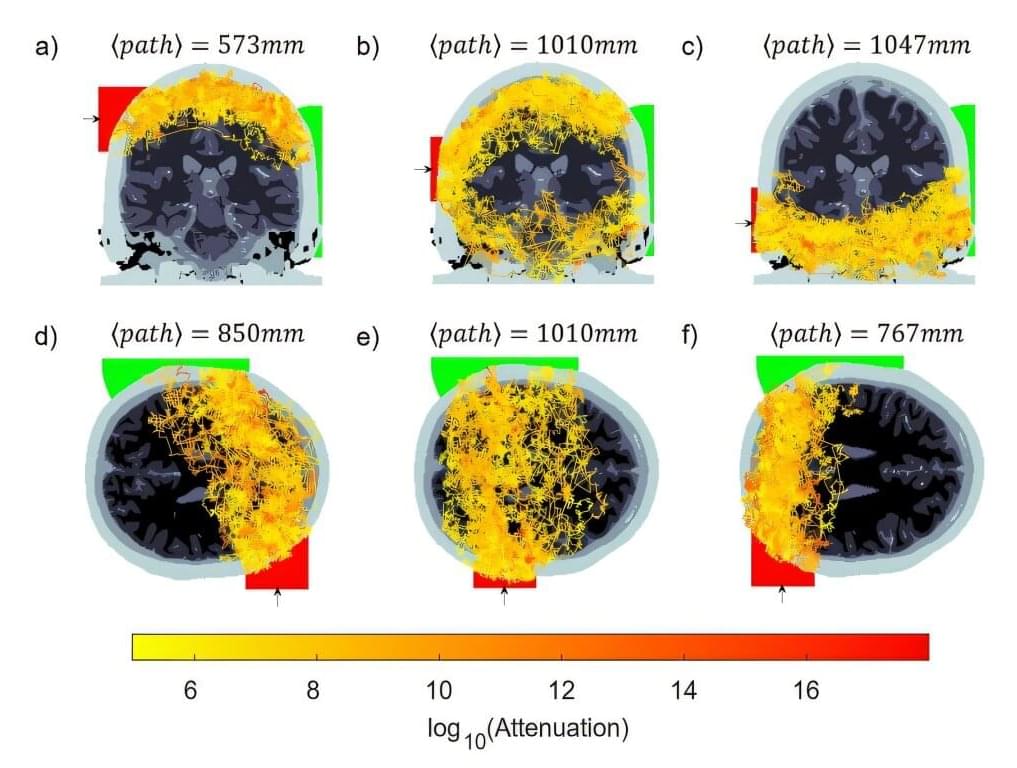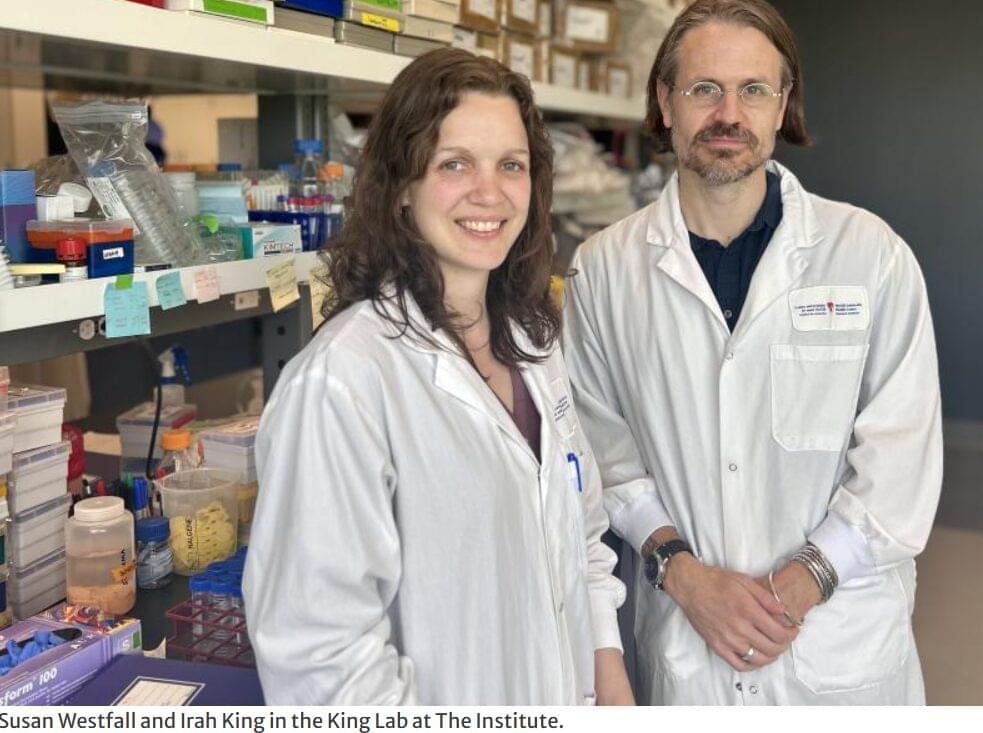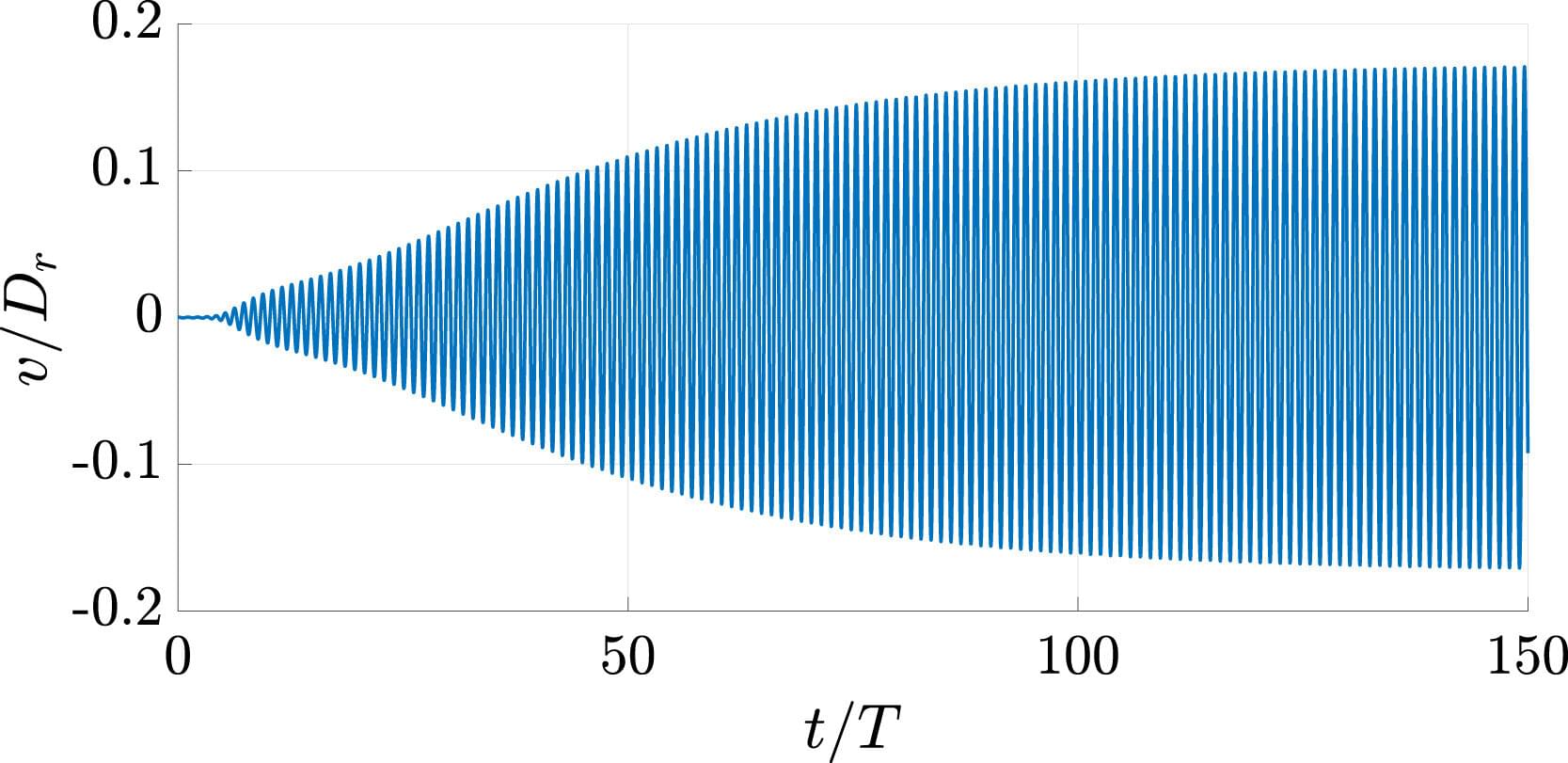Daniel Sokolovsky, the co-founder and CEO of Warp, told TechCrunch that Warp is always looking for ways to make shipping more efficient for its customers, which include enterprises like Walmart, Gopuff, and HelloFresh. With the advancements in AI, the company thought there could be more opportunities to automate.
Warp can’t automate the long-haul trucking or short-range delivery aspects of the supply chain, Sokolovsky said, so it’s working on what it can potentially change: the workflows inside its warehouses.
Warp started by installing cameras into its test warehouse in Los Angeles and used computer vision to turn that data into a virtual warehouse to start experimenting.









